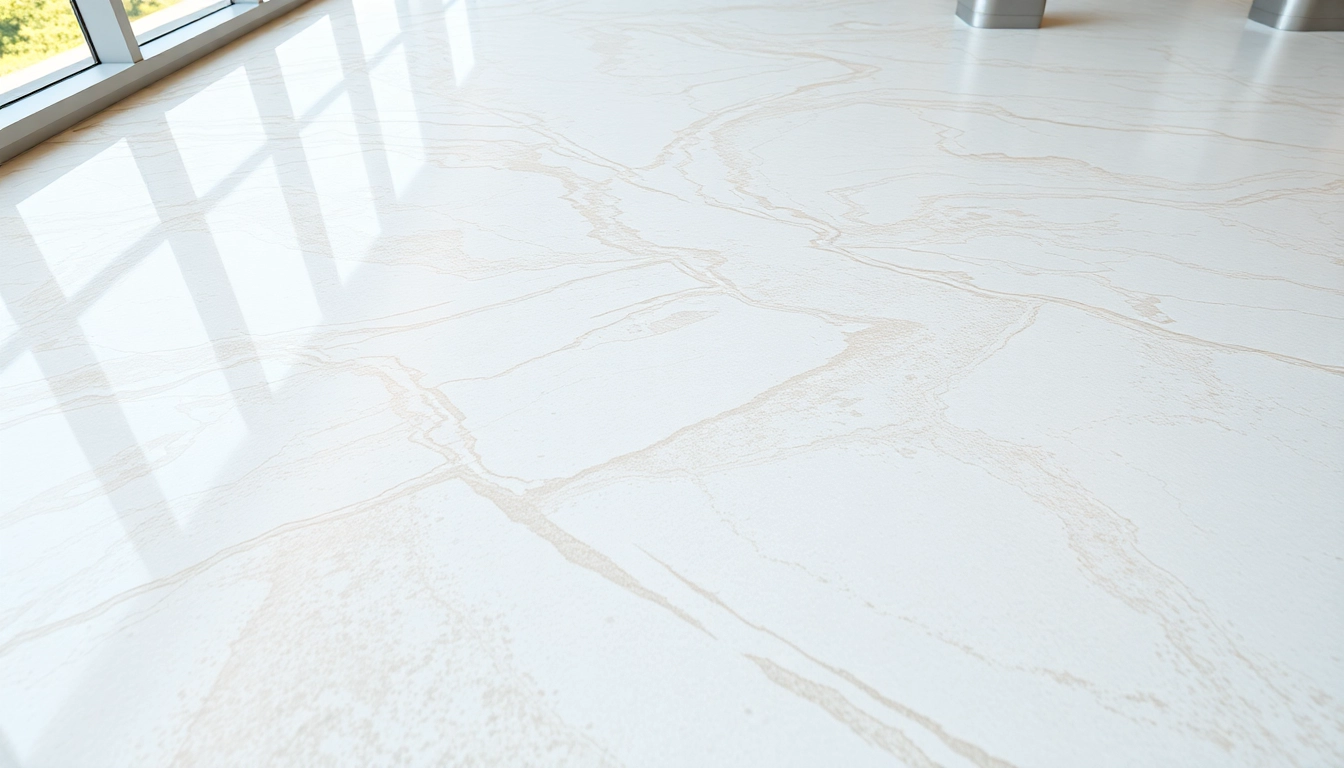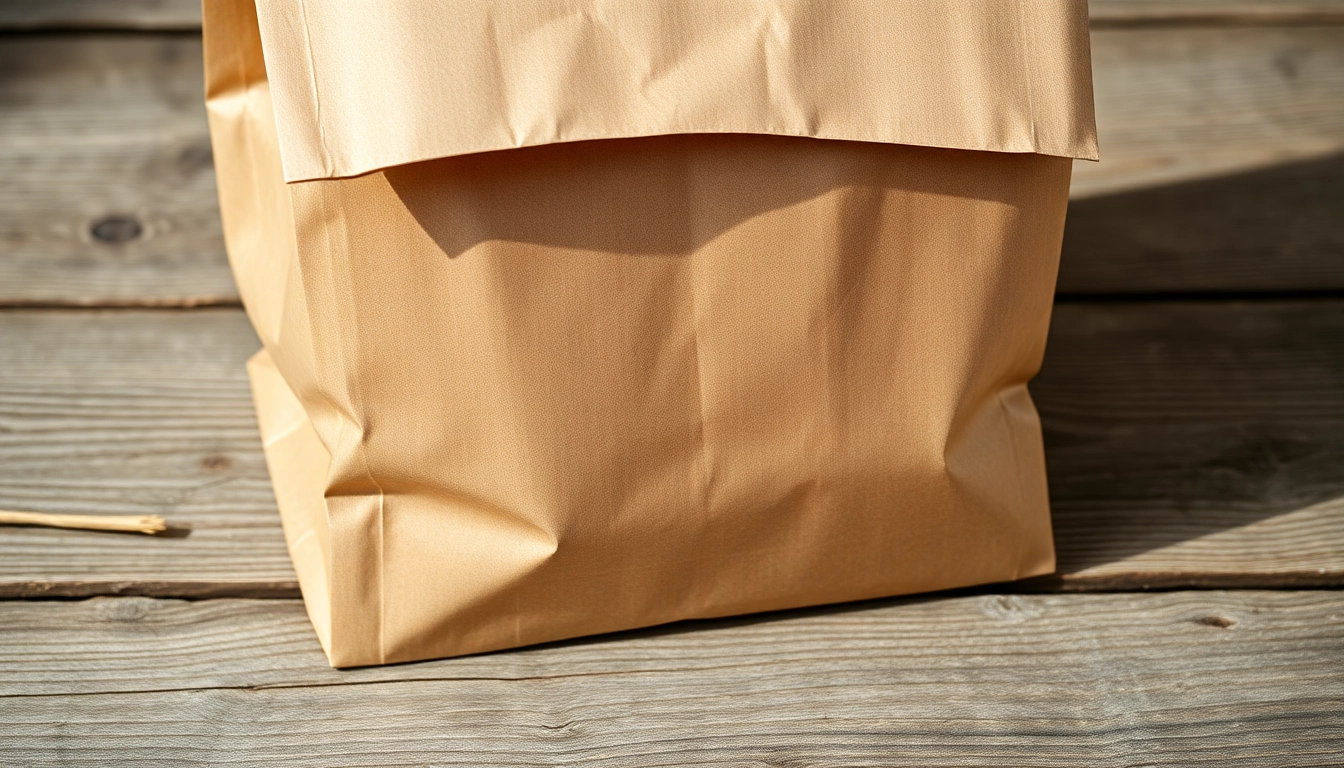Introduction to Epoxy Resin Floors
Epoxy resin floors have gained remarkable popularity across residential, commercial, and industrial spaces due to their exceptional durability, aesthetic versatility, and ease of maintenance. They represent a modern solution that seamlessly combines functionality with style, making them an ideal choice for environments demanding high performance and visual appeal. Whether you’re renovating a garage, designing a retail shop, or outfitting a manufacturing plant, understanding the fundamentals of epoxy resin flooring is essential to making an informed decision. To explore comprehensive solutions tailored specifically for your needs, visit Epoxy resin floor.
What is an Epoxy Resin Floor?
An epoxy resin floor is a type of seamless, high-performance flooring system created by applying a layer of epoxy resin over a prepared concrete or subfloor surface. Epoxy resin is a thermosetting polymer formed through the chemical reaction of epoxy resins with curing agents, resulting in a hard, durable coating that bonds strongly to substrates. This robust surface offers resistance to chemicals, abrasions, and impacts, making it suitable for environments where wear and tear are significant concerns.
Modern epoxy systems can be customized with decorative elements such as quartz granules, metallic pigments, and color flakes, turning functional floors into stunning architectural features. The versatility of epoxy stems from a wide range of formulations, each tailored to specific use cases—be it industrial, commercial, or residential applications.
Benefits of Choosing Epoxy for Your Flooring
Opting for an epoxy resin floor provides numerous advantages that extend beyond mere aesthetics. Key benefits include:
- Exceptional Durability: Epoxy floors can withstand heavy machinery, foot traffic, and daily wear, maintaining their integrity over years.
- Chemical Resistance: They resist spills of oils, acids, solvents, and other corrosive substances, crucial for industrial settings.
- Ease of Maintenance: Their seamless surface prevents dirt accumulation and simplifies cleaning routines.
- Enhanced Safety: Many epoxy formulations include slip-resistant additives to improve traction, reducing accident risks.
- Customizable Aesthetics: From matte to glossy finishes and a range of color options, epoxy floors can be tailored to match any design scheme.
- Cost-Effectiveness: Long-lasting and low-maintenance, epoxy floors often offer a favorable return on investment compared to other flooring types.
Common Applications and Environments
Epoxy resin floors are a versatile solution that finds application across a variety of settings:
- Industrial Facilities: Warehouses, manufacturing plants, and factories benefit from the durability and chemical resistance of epoxy flooring, facilitating high-traffic operations.
- Commercial Spaces: Retail outlets, showrooms, and restaurants utilize decorated epoxy floors for a sleek, professional appearance.
- Residential Garages & Basements: Homeowners turn to epoxy for its resistance to stains and ease of cleaning in areas prone to spills and moisture.
- Healthcare and Laboratories: The hygienic properties of epoxy floors support sanitation standards required in sensitive environments.
Design Options and Customization
Color, Finish, and Texture Variations
One of the most appealing aspects of epoxy flooring is its extensive customization potential. Colors range from vibrant hues to subtle neutrals, enabling seamless integration with interior aesthetics. Finishes can be tailored from high-gloss, mirror-like surfaces to matte, non-slip textures for enhanced safety. Texture options, including sand or quartz additives, can provide both aesthetic appeal and increased traction, especially in commercial and industrial settings.
Creating Professional-Looking Designs
Beyond basic color and texture, epoxy allows for intricate patterns, metallic effects, and even image embedding. Techniques like digital printing and multi-layer application create bespoke designs, turning floors into focal points of interior decor. For example, metallic epoxy coatings produce stunning marble or swirling water effects that elevate the space’s visual appeal.
DIY vs Professional Installation
While DIY kits are available and suitable for small or simple projects, professional installation ensures optimal results, especially for large or complex areas. Pros possess specialized tools, experience in surface preparation, and expertise in application techniques, which are critical factors in achieving durable, flawless finishes. Proper preparation and adherence to curing protocols significantly influence longevity and appearance.
Installation Process and Best Practices
Preparing Your Surface Properly
Preparation is the foundation of a successful epoxy flooring project. The existing surface must be thoroughly cleaned, free of laitance, oils, dust, and loose debris. Concrete surfaces often require mechanical roughening, such as shot blasting or diamond grinding, to ensure excellent adhesion. Repairing cracks or uneven areas with suitable fillers prevents future failures and maintains a seamless appearance.
Application Techniques for Even Coating
Applying epoxy evenly involves precise mixing of components, controlled pouring, and skilled spreading using rollers, squeegees, or airless sprayers. Maintaining appropriate environmental conditions—temperature and humidity—is crucial to prevent bubbles, mismatched layers, or curing issues. Multiple coats may be necessary for desired thickness and aesthetics, with each layer properly cured before the next application.
Drying Times and Curing Tips
Timeframes vary depending on the specific product and environmental conditions. Typically, epoxy surfaces require 24-72 hours to cure sufficiently for foot traffic, with full chemical curing taking up to a week. Ensuring proper ventilation, avoiding moisture exposure, and maintaining stable temperatures during curing are essential for an optimal, resilient finish.
Maintenance and Longevity of Epoxy Resin Floors
Cleaning and Upkeep Tips
Routine cleaning involves sweeping or vacuuming to remove loose dirt, followed by mopping with mild detergents. Avoid abrasive scrubbers or harsh chemicals that could damage the coating. Using a damp mop and non-abrasive cleaners preserves the glossy finish and prevents surface degradation.
Dealing with Common Damage
Residential and commercial spaces may experience scratches, stains, or minor chips over time. Light scratches can often be polished out, while deeper damage may require patching and recoating. Promptly addressing spills and avoiding excessive moisture helps preserve the integrity of the epoxy surface.
Enhancing Durability with Protective Coatings
Applying a topcoat of UV-resistant or anti-slip sealer extends the lifespan of epoxy floors. Protective coatings mitigate surface wear, resist discoloration from UV exposure, and improve safety. Regular inspections will help identify areas requiring maintenance or recoating before significant deterioration occurs.
Cost Factors and Choosing the Right Epoxy Resin
Price Ranges for Residential and Commercial Projects
The cost of epoxy flooring varies based on size, application complexity, and material quality. DIY kits may start as low as $62.99 for smaller areas, while professional-grade systems for large commercial premises can range from $40 to $100+ per square meter. These expenses include materials, labor, surface preparation, and finishing touches.
How to Select an Epoxy Resin Kit or Supplier
When choosing an epoxy resin, prioritize reputable suppliers offering high-quality, chemically resistant, UV-stabilized products. Consider technical specifications such as tensile strength, chemical resistance, and ease of application. Read reviews and consult technical datasheets to compare performance metrics and ensure compatibility with your project needs.
Evaluating Quality and Performance Metrics
High-performance epoxies display features such as low VOC emissions, bubble-free curing, excellent adhesion, and flexibility to prevent cracking. Certification standards and independent testing results can help validate product quality. Investing in superior materials results in longer-lasting floors and reduced maintenance costs over time.



